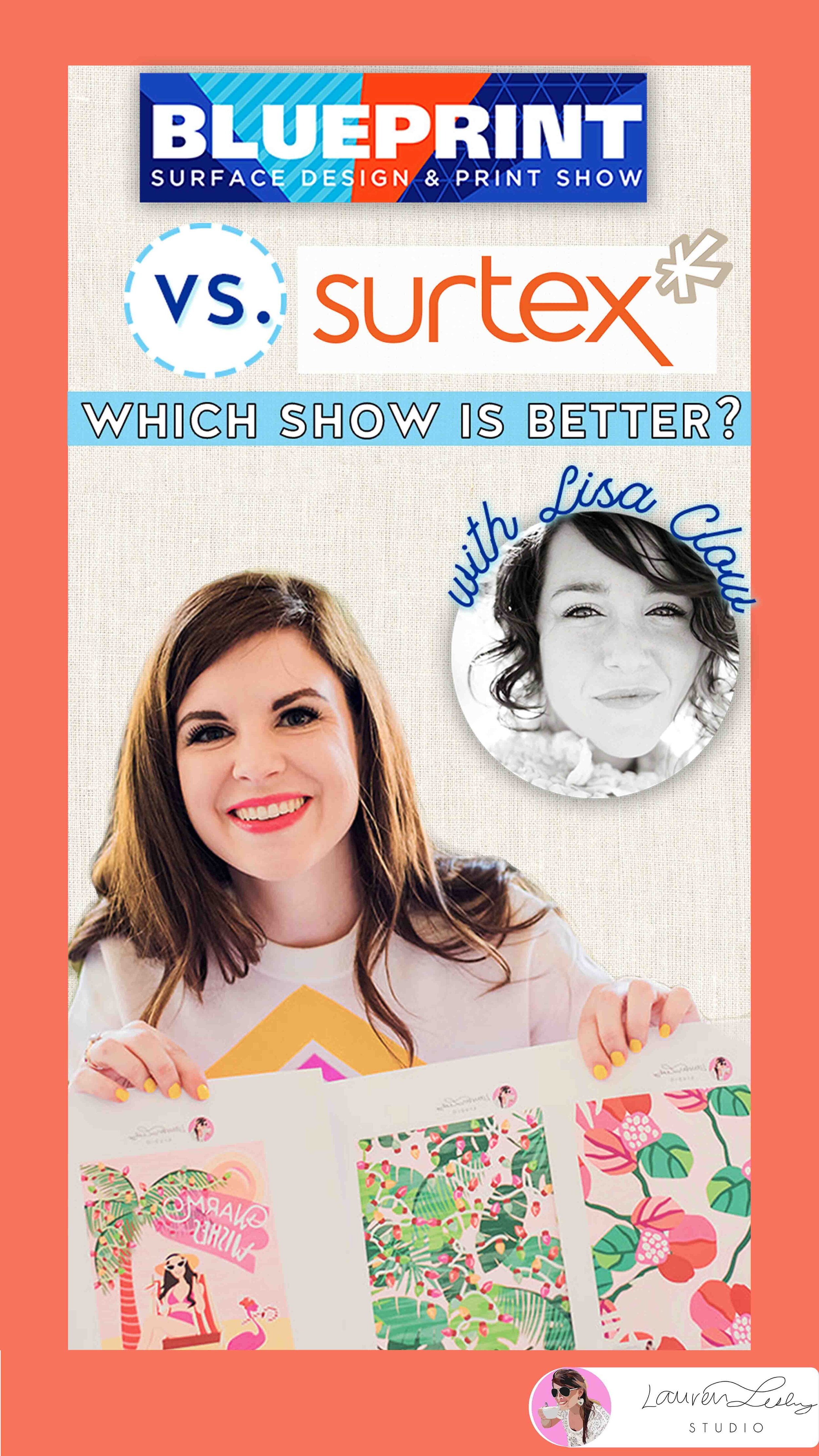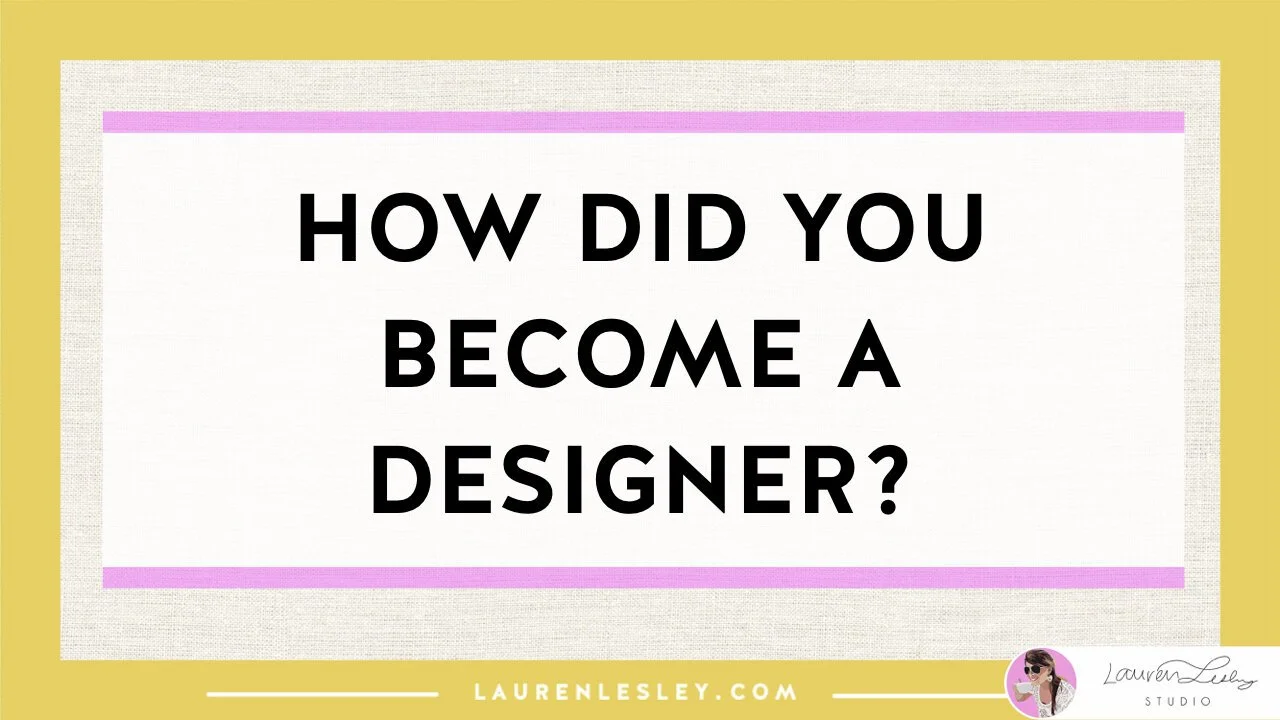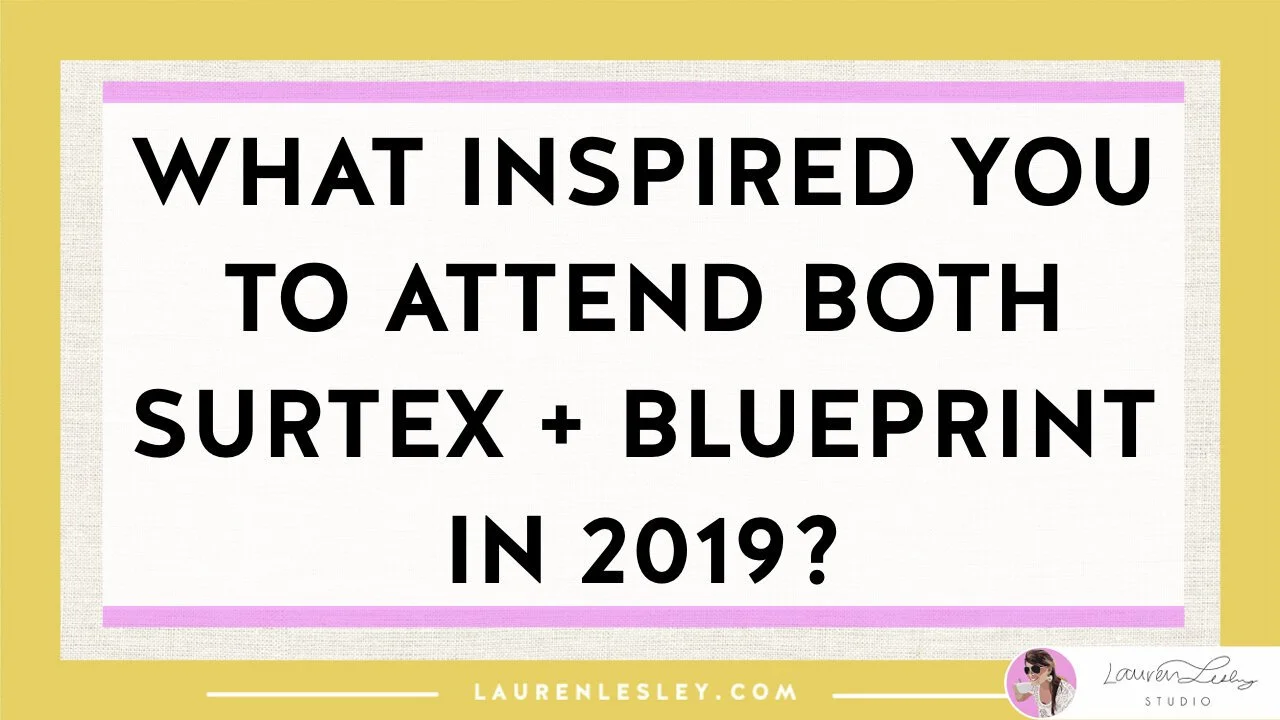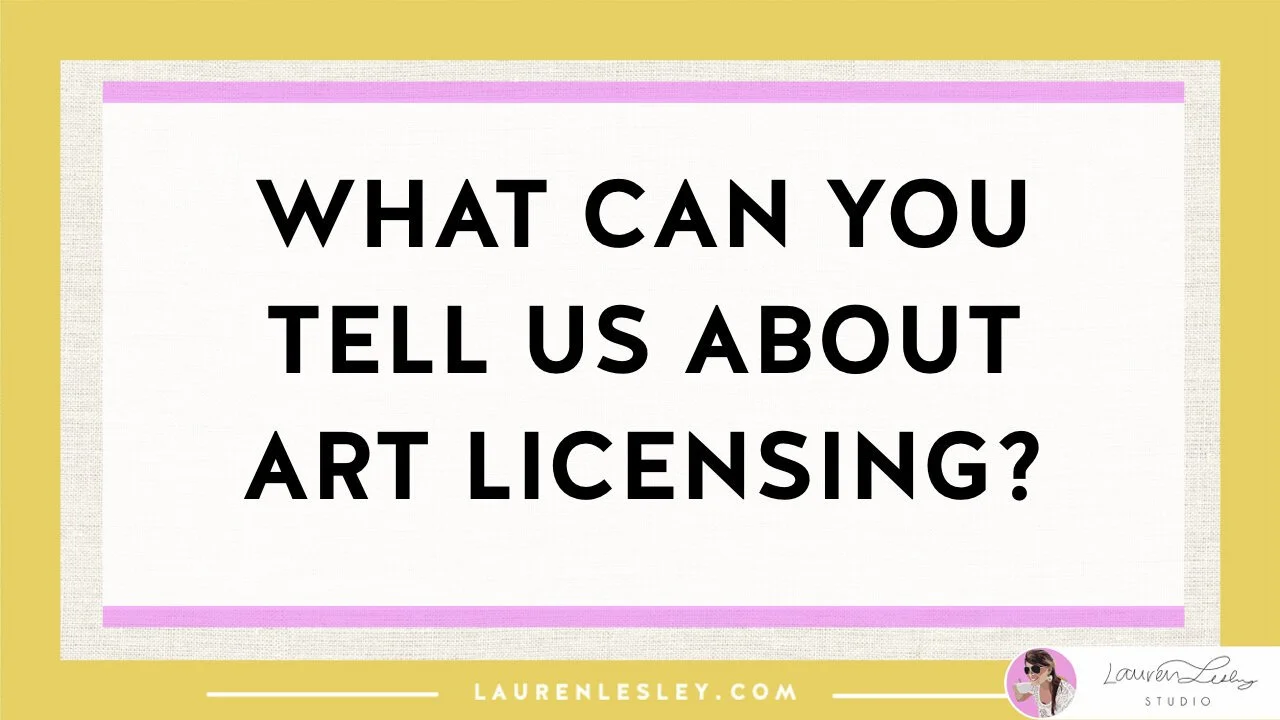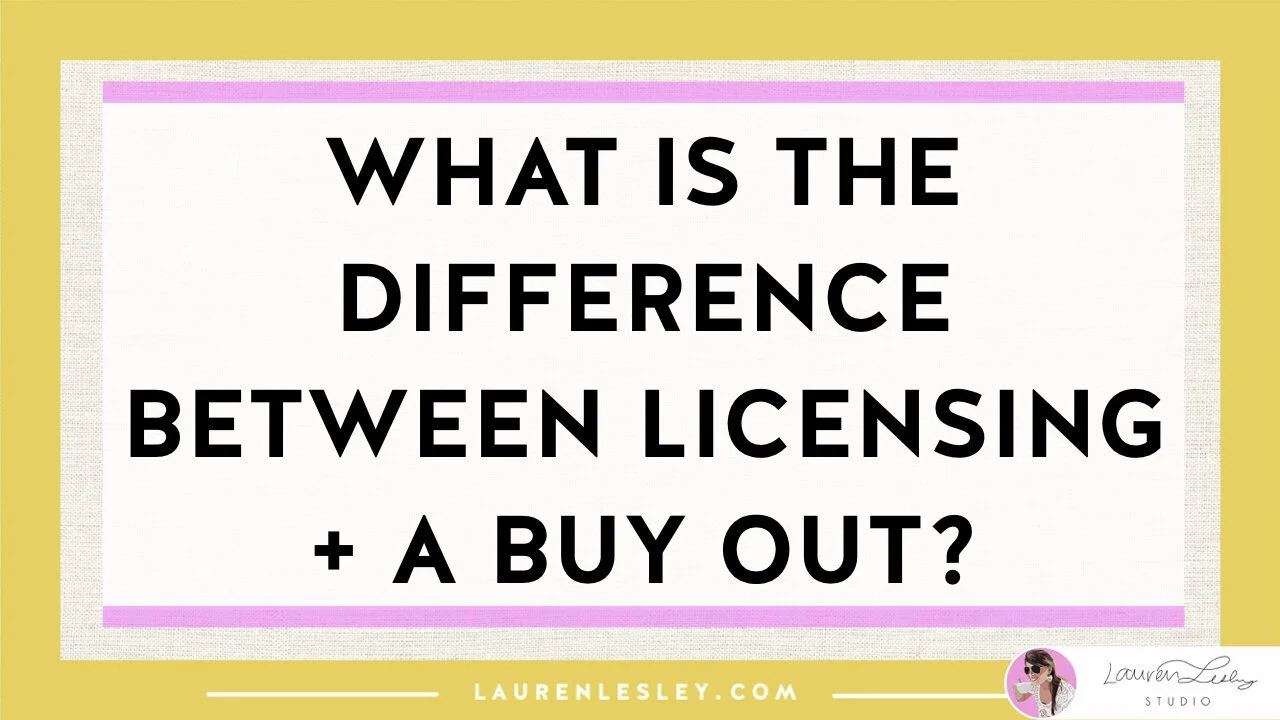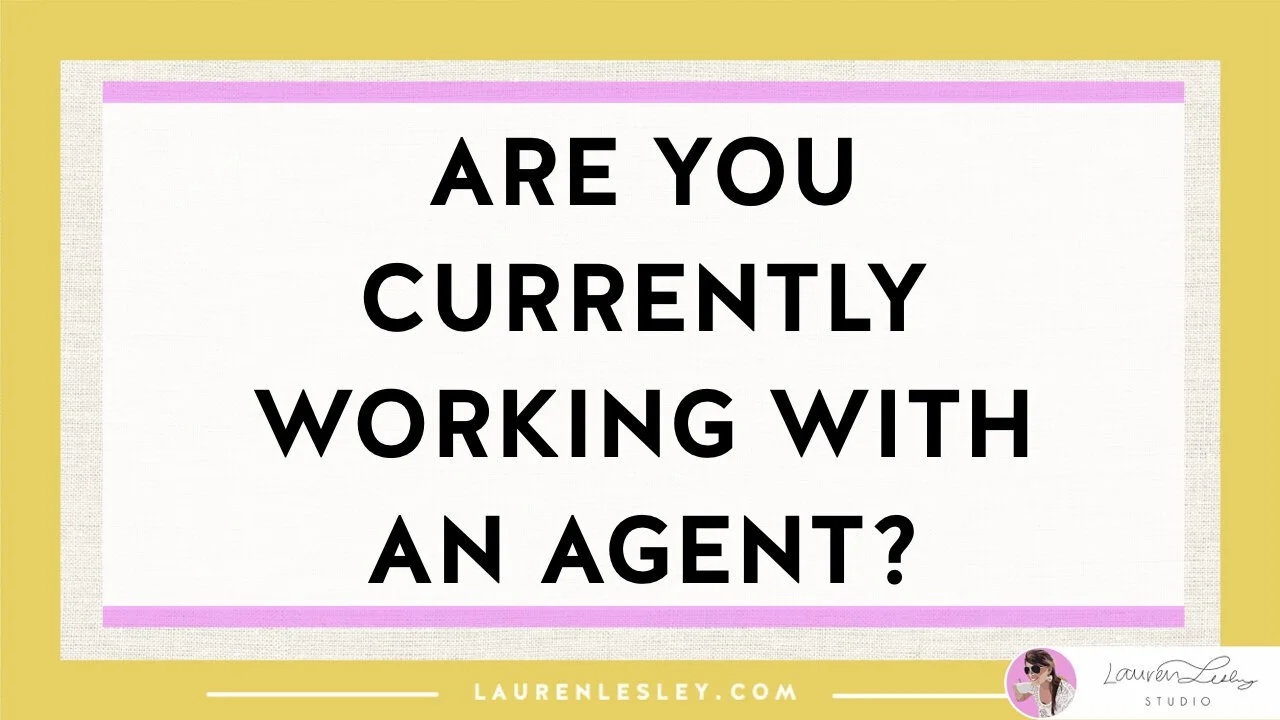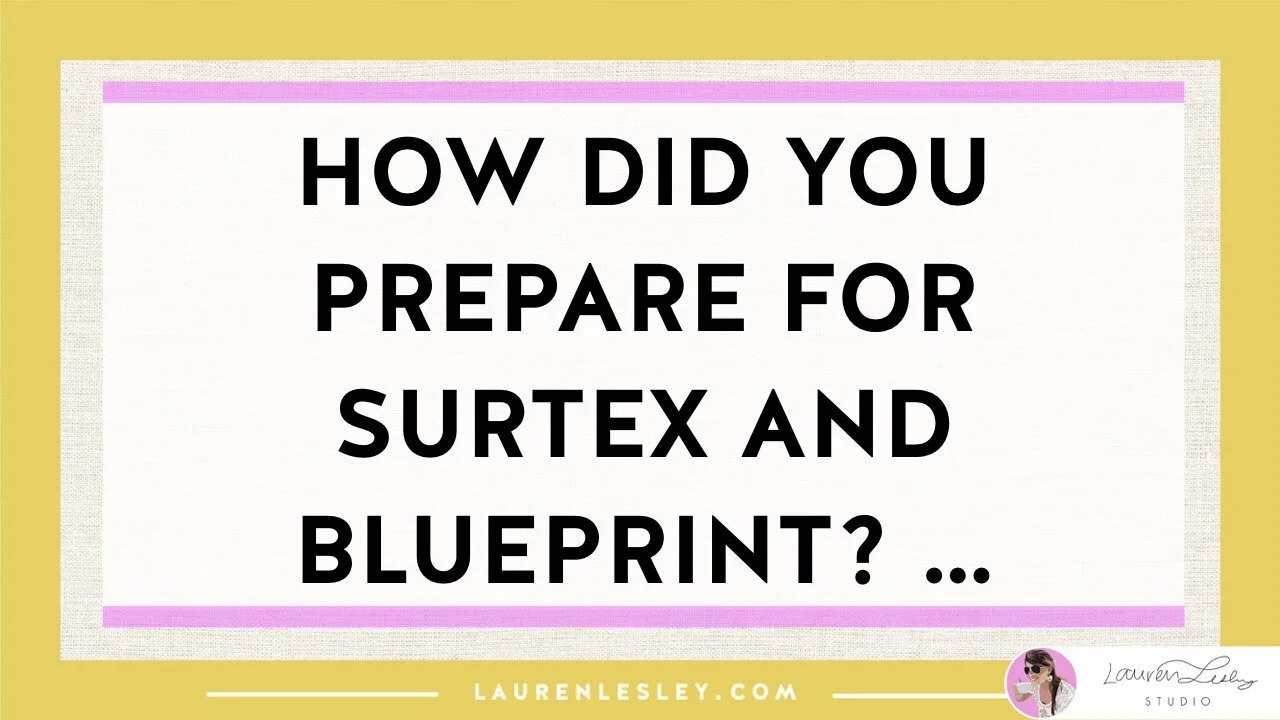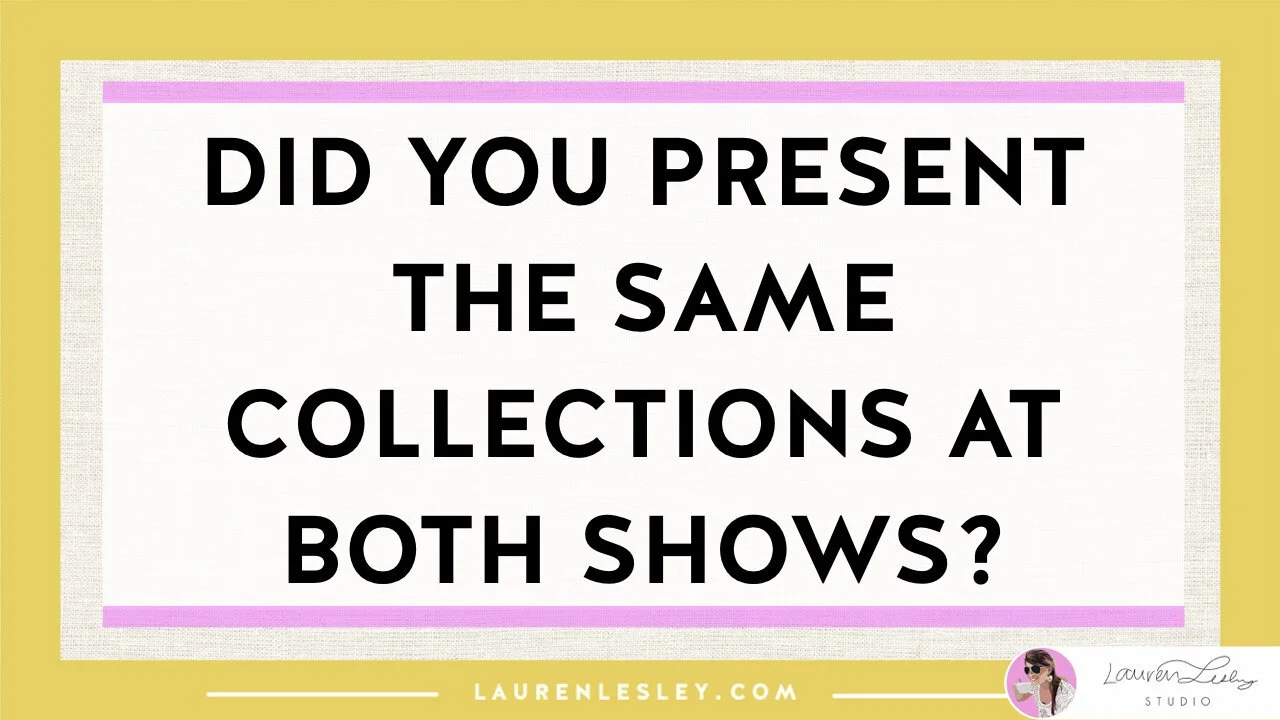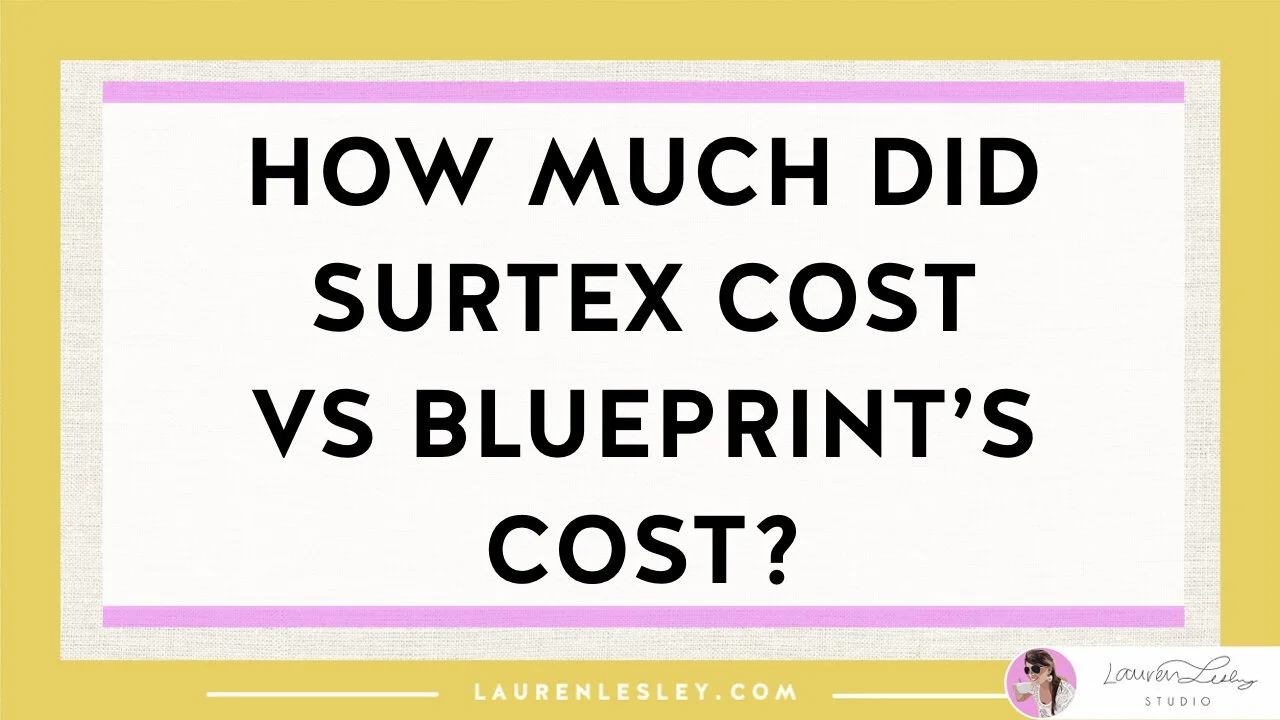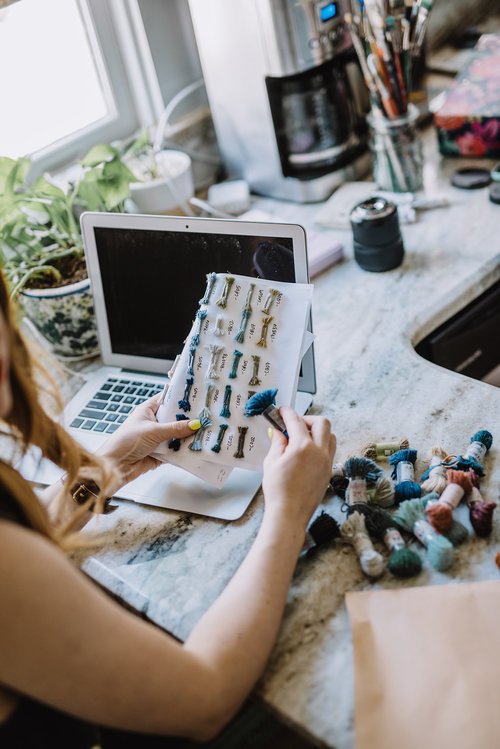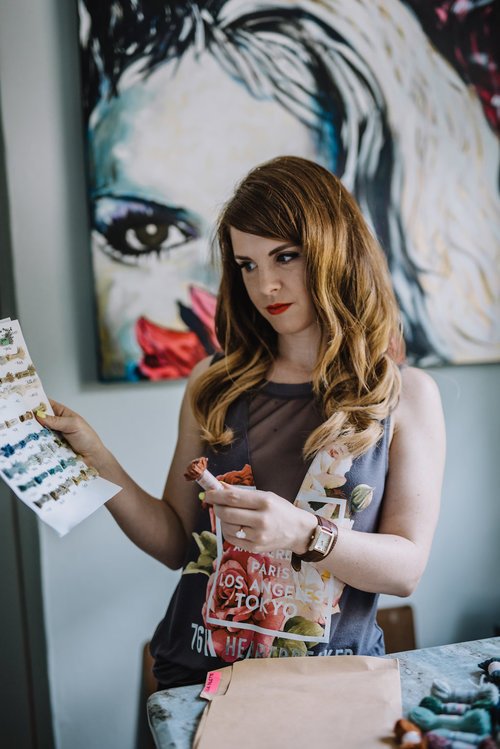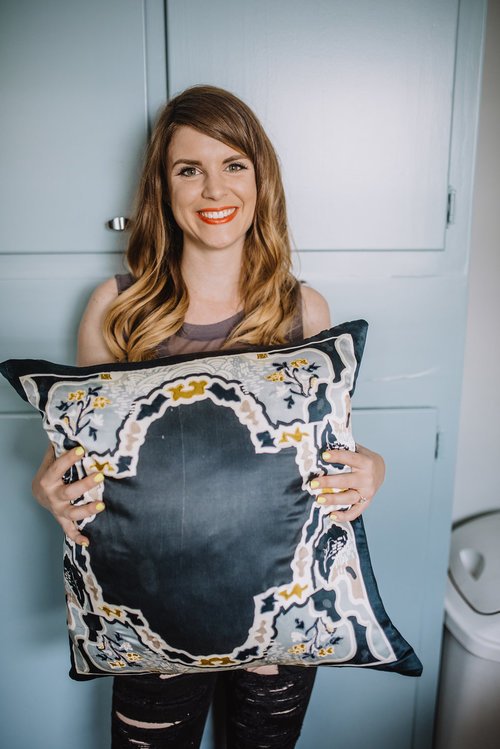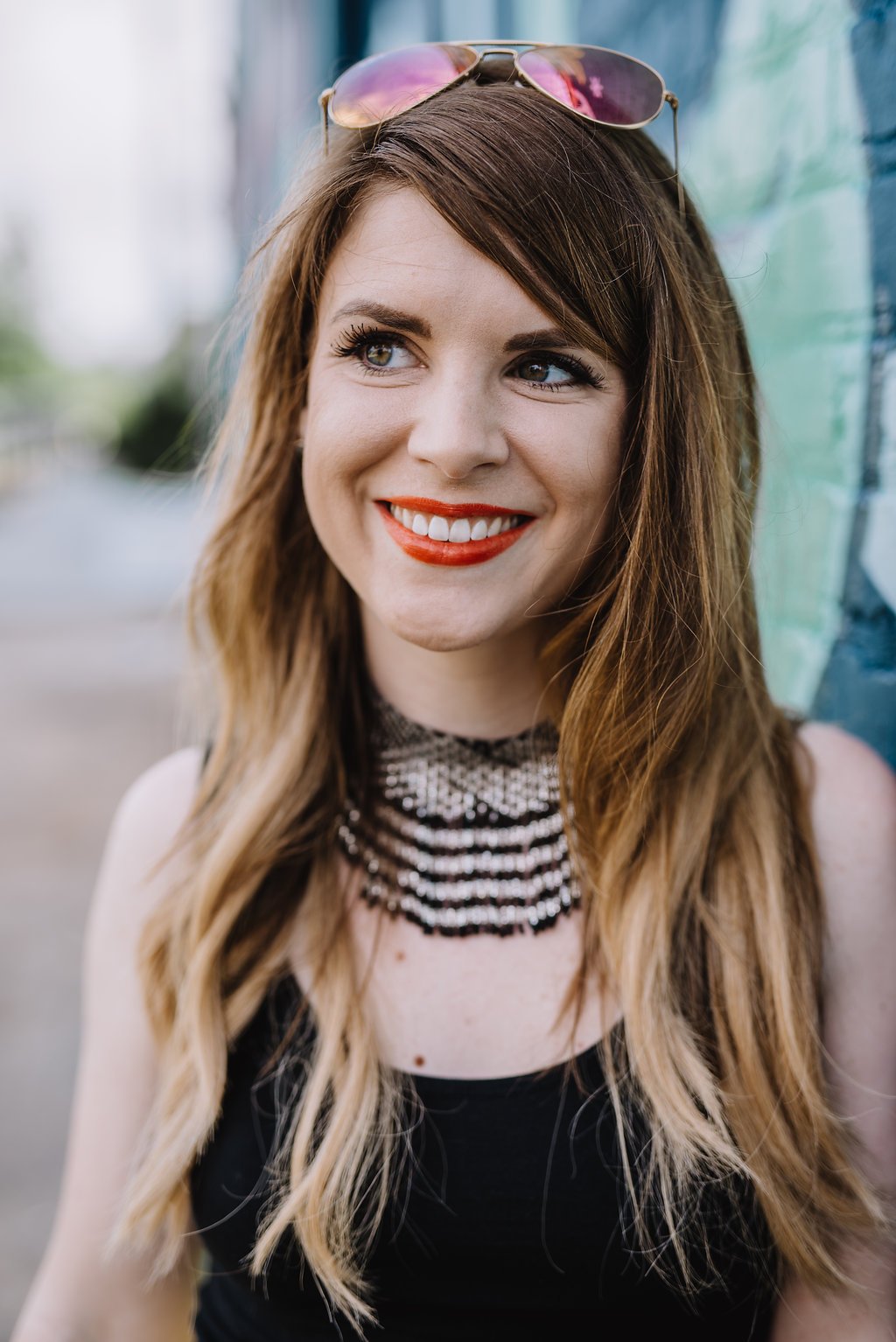Surtex vs. Blueprint: Which Trade Show is Better?
Surtex vs. Blueprint
Find out which show is better for surface pattern designers, textile designers, and illustrators who want to meet buyers for art licensing!
Surtex vs. Blueprint: Let’s learn from first-hand experience if Surtex shows are better than Blueprint shows or vice versa!
In this episode of the Design Tribe podcast, I host Lisa Clow, our special guest who has participated at both Surtex and Blueprint shows in the same year.
So, I really wanted to know Lisa’s opinion on which trade show—Surtex or Blueprint—is better! Lisa and I discuss at length the significance, suitability, cost analysis, and benefits both Surtex and Blueprint shows hold for surface pattern designers, textile designers, and illustrators.
WATCH MY YOUTUBE VIDEO
SURTEX VS BLUEPRINT: WHICH TRADE SHOW IS BETTER?
SURTEX AND BLUEPRINT SHOWS
Surtex and Blueprint are both trade shows in which surface pattern designers (like Lisa), textile designers (like myself), illustrators, licensors, art agents and agencies have the chance to display and license artwork. Is it at Surtex and Blueprint where the next best-selling products are created.
Any and all types of designs are displayed for viewing such as rugs, wall coverings, linens, patterns, apparel, supplies; endless possibilities!
Taking the big step of showcasing your artwork at one of these trade shows can be a daunting experience for some, but you will realize that it can also be one of the most fulfilling and rewarding as well!
HOW DID YOU BECOME A DESIGNER?
Lisa started playing around with textile designs while still in college. Her father, in fact, is a graphic designer and illustrator himself. After getting her associate’s degree, Lisa worked for nonprofits, in-house, and freelance. She then decided to open up her own shop and started to sell her designs online, and also branched out into different craft fairs and markets.
WHY DID YOU ATTEND SURTEX + BLUEPRINT?
Lisa was already prepared to attend Surtex before she even heard about Blueprint. Upon discovering that Blueprint was going to be in New York, her husband urged her to take the opportunity and attend both shows.
She was ready to take on the challenge and learn what both events were all about.
WHAT IS ART LICENSING?
Lisa first became interested in art licensing after seeing her following on Instagram have some of their designs and products displayed on various online websites.
This peeked her interested in getting her designs licensed so that she too could put out her art and designs into stores and boutiques.
When your art is licensed by an agent or company, you’ve essentially “leased” your work to them and they have the right to sell it in the market and to potential clients who show interest in your designs and work. As the designer, you still own all the rights to your work. After 1-2 years, your license will expire but there is the opportunity to renew it.
If the company notices that one of your designs becomes a best-seller, chances are they will want to continue licensing it because not only is it good for their business, but it’s also great for you because you’ll be making more money off of it and gain more exposure.
LICENSING VS BUY OUT
Licensing involves you still owning the copyright to your artwork, however, it can sometimes be bound by a licensing contract for roughly 1-2 years with a company.
A buyout, which is much more popular now, involves a flat fee for your artwork for a specific type of category. There’s category buyout and total buyout. For example, category buyout involves using your artwork for certain goods or textiles. With total buyout, you don’t get your artwork back; essentially it’s bought out and put into the hands of someone else.
WORKING WITH AN AGENT
Lisa mentions that having an agent can be great for a number of reasons. When you work with an agent, you have someone on your side to help you with the logistics and technicalities of things. An agent will be your right-hand man and guide you through everything from contracts to sales.
Lisa mentions that while there are benefits to having one, she chooses not to have one because of the freedom she feels from working at her own pace.
Ultimately, choosing to have an agent or not is completely up to you and what your expectations are. It all depends on whether or not you want full control over your artwork, sales, business management, etc. You also have to factor in the fact that most agents will take 50% of the sales that are made.
PREPARING FOR SURTEX + BLUEPRINT
Both shows provide great atmospheres and clientele. However, they are different in their own ways.
At Surtex, Lisa describes the atmosphere as more private, almost as if you have your own office space, while at Blueprint, she describes it as being more of an open concept, with a lot of tables side-by-side. At Surtex, you have more creative freedom to decorate your section the way you want to as well.
At both shows you will be presented with a banner and the opportunity to set-up your section in whatever way you please. Many have claimed that Surtex is more hectic in terms of set-up, while Blueprint is more relaxed; however, what matters is how involved you want to be in both shows.
SAME COLLECTIONS AT BOTH SHOWS
There’s nothing wrong with presenting the same collection at both shows. However, due to limited space at Blueprint, you may be limited to the type of banner you bring and the amount of your artwork you wish to showcase. You may have to limit your features from one show to the other. Bring with you samples and swatches if you’re unable to bring everything.
As a surface pattern designer, it doesn’t really matter if you showcase the same artwork year after year, because it can be licensed to multiple people and have the designs still be available. In some cases, people will recall your artwork from the previous year and still show interest in licensing your work or collaborating with you.
However, there’s also nothing wrong with showing newness and artwork that has never been shown before. Keep in mind though that this will take a lot of extra work and effort on your part.
SURTEX VS BLUEPRINT COSTS
The price you pay to have a booth at Surtex is slightly more expensive than a booth at Blueprint.
From Lisa’s experience, she says that a booth at Surtex costs roughly $3,000, whereas a booth at Blueprint costs around $2,000.
Surtex in particular also prepares the designer ahead of time. Blueprint, on the other hand, does not prepare you as well as Surtex does, which means you have to rely on other designers around you to figure out how things work and what to expect.
Also, don’t forget about all the additional costs such as flights, hotels, food, and transportation. The cost really differs based on when these events take place, and how much you plan to spend in general. There are ways you can save and budget wisely.
IS IT WORTH THE INVESTMENT?
Lisa asks the question, “what’s going to make it worth it for you?” This is the question you should ask yourself if you’re interested in showcasing at Surtex or Blueprint. Ultimately, it’s the effort you put into connecting with other designers and clients and the relationships you form while at both events.
Both shows present you with the opportunity to build connections and contacts, and also meaningful relationships.
If you want to make textile or surface designing a full-time career, attending trade shows is worth the investment. You have to put your brand out there, otherwise, no one will ever see it or know about it.
ARE TRADE SHOWS NECESSARY?
Again, this relates to the previous point about whether or not trade shows are worth the investment.
What many can agree upon, including Lisa, is that trade shows are great for meeting companies and art directors that you wouldn’t otherwise have the chance to meet or get to know. Most of the time, meeting with art directors, clients, or manufacturers face-to-face and having those in-person interactions is far better because of the meaningful connections you can build and you also become memorable in that sense.
Reaching out to prospects via email will not guarantee you a response; more likely than not you will be rejected.
Not a lot of companies have the time to browse through the Internet for designers to work with. They typically favor attending shows like Surtex and Blueprint to meet with designers directly.
SKETCHBOOKING YOUR STYLE
By the way, if you’re wanting to get in the Surface Pattern Design / Illustration game, but you are really struggling to develop your own art style, be sure to check out my free workshop.
It includes how to create a system for creating your own, unique Art Style.
Sign up below!

